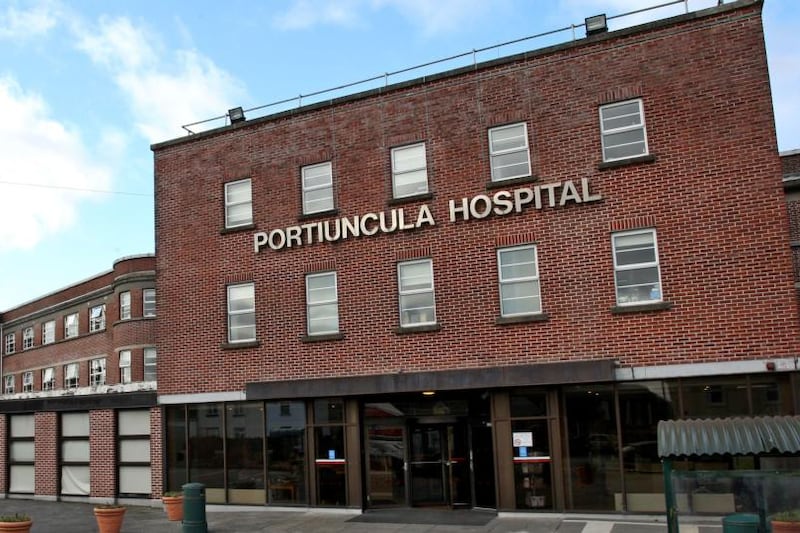Subscriber OnlyPeople
Why is a stretch of road linking Dublin to Donegal the ‘most dangerous imaginable’?
Campaigners say further delay in upgrading the notorious A5 ‘will only deliver more deaths, more heartbreak, more families and communities torn apart’

















